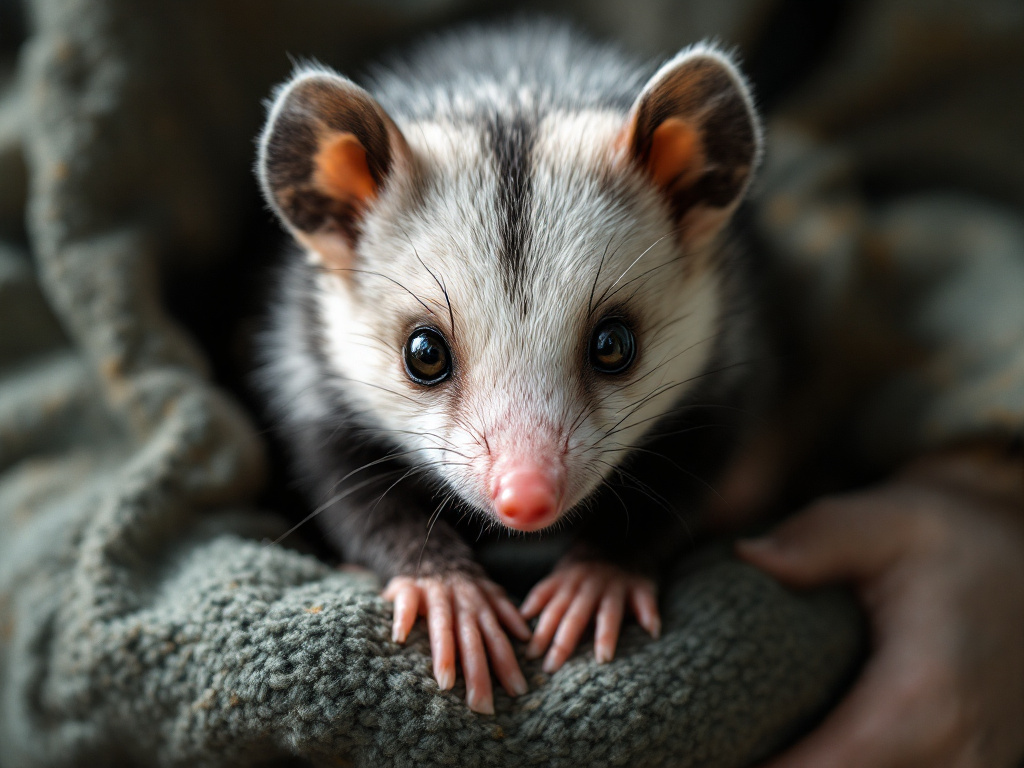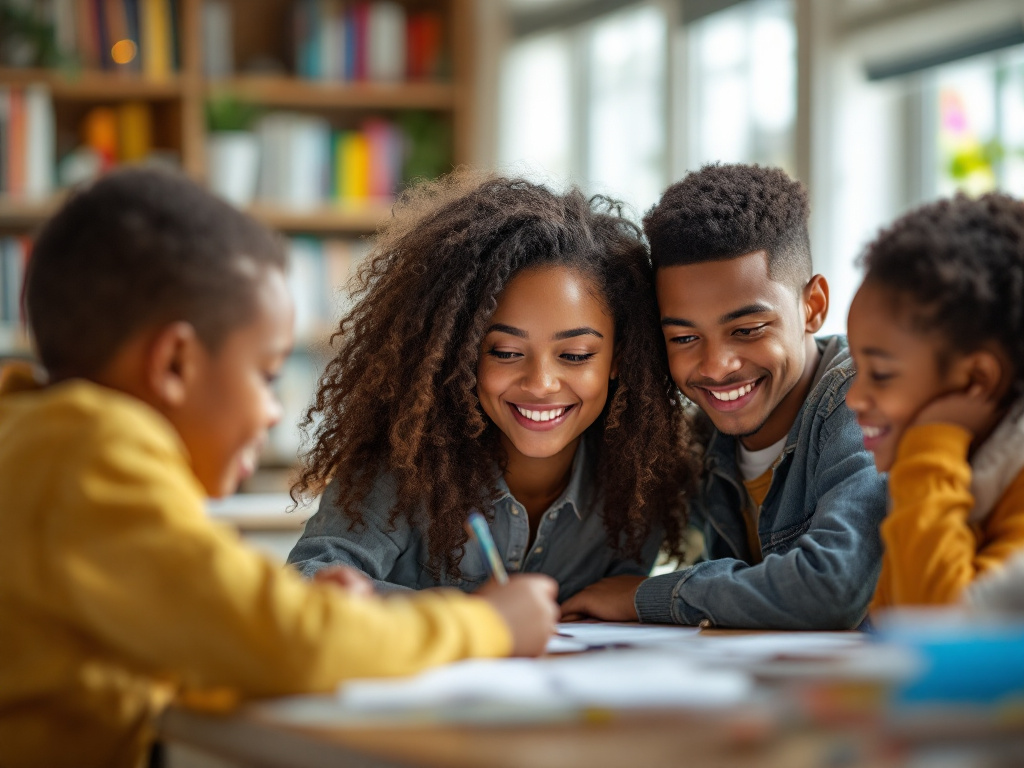Image generated by flux-ai.io & content generated by ChatGPT Version 4o-mini
Unlocking Student Motivation: A New Look at External Rewards
In Miami-Dade County, where the vibrant community thrives on diversity and creativity, education plays a pivotal role in shaping the future. A recent study sheds light on a key aspect of learning—motivation—and how it can be harnessed effectively in classrooms, especially for students who may struggle to find their drive.
The study, conducted by researchers including Margaret Reaves and Rigo Chapparo, focuses on two types of motivation: intrinsic and extrinsic. Intrinsic motivation comes from within; it’s the joy of learning for learning’s sake. On the other hand, extrinsic motivation is driven by external rewards or goals, such as grades, praise, or even the chance to attend a fun event.
While intrinsic motivation is often seen as the gold standard for fostering a love of learning, extrinsic motivation can be very powerful too—especially when it comes to tasks that may not be inherently exciting. For instance, think of a student in Miami who might not find the thrill in doing math homework but is motivated to ace it to earn a trip to a local amusement park. This is where understanding how to use extrinsic motivation effectively can make a real difference in educational settings.
The researchers highlight that extrinsic motivation isn’t just about grades or achieving rewards; it varies in its “autonomy.” For example, a student could be motivated by the fear of disappointing their parents or the excitement of being recognized for their achievements. This means that educators have a chance to tap into these different motivations to help students engage more meaningfully with their studies.
For Miami-Dade students, who represent a rich tapestry of cultures and backgrounds, the application of this research is particularly relevant. Many students here may come from families that place a high value on education as a pathway to success. By using extrinsic motivators, teachers can connect academic work to students’ personal values and community needs—like the importance of agriculture in South Florida’s economy. For example, a student might feel motivated to complete a project on local farming practices because they recognize its significance to their community and future job opportunities.
The study outlines four main types of extrinsic motivation:
- External Regulation: Performing tasks for external rewards, like doing well on a test to get a reward from parents.
- Introjection: Feeling pressure to perform well to avoid criticism from peers or adults.
- Identification: Recognizing the importance of a task, such as understanding the role of agriculture in local jobs.
- Integration: Completing a task that aligns with personal interests, like a student who enjoys sharing their love for the environment by giving a speech on climate change.
Educators can promote healthier forms of extrinsic motivation by focusing on identification and integration rather than merely offering superficial rewards. This approach can help students find meaning in their work and develop a sense of pride in their accomplishments.
As Miami-Dade County continues to grow, adapting teaching methods to better motivate students will be crucial. With diverse educational needs and a vibrant community, understanding and leveraging both intrinsic and extrinsic motivation can lead to more engaged learners ready to tackle the challenges of tomorrow. Whether it’s through community-based projects, competitions, or recognition of achievements, the goal is to inspire students to not only strive for grades but to foster a genuine love for learning that will last a lifetime.
In this way, the findings of this research can serve as a valuable guide for teachers, parents, and community leaders striving to inspire the next generation in Miami-Dade.
References
AEC644/WC307: Teaching for Extrinsic Motivation. (n.d.). Ask IFAS – Powered by EDIS. https://edis.ifas.ufl.edu/publication/WC307






